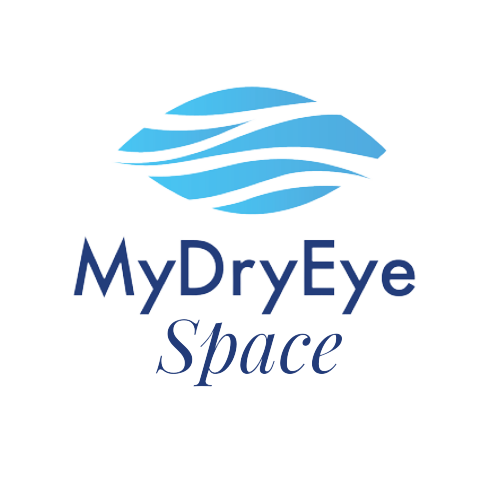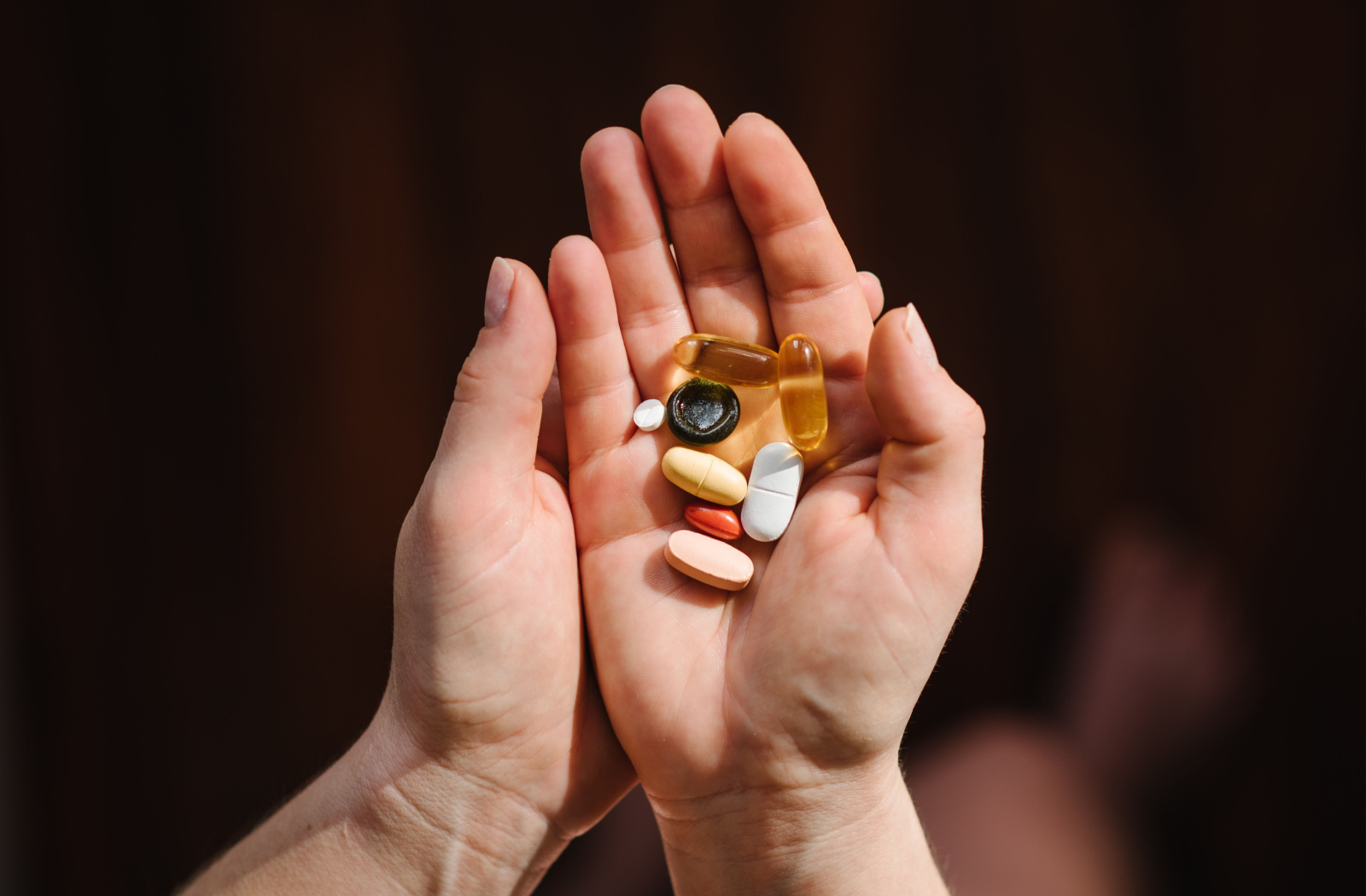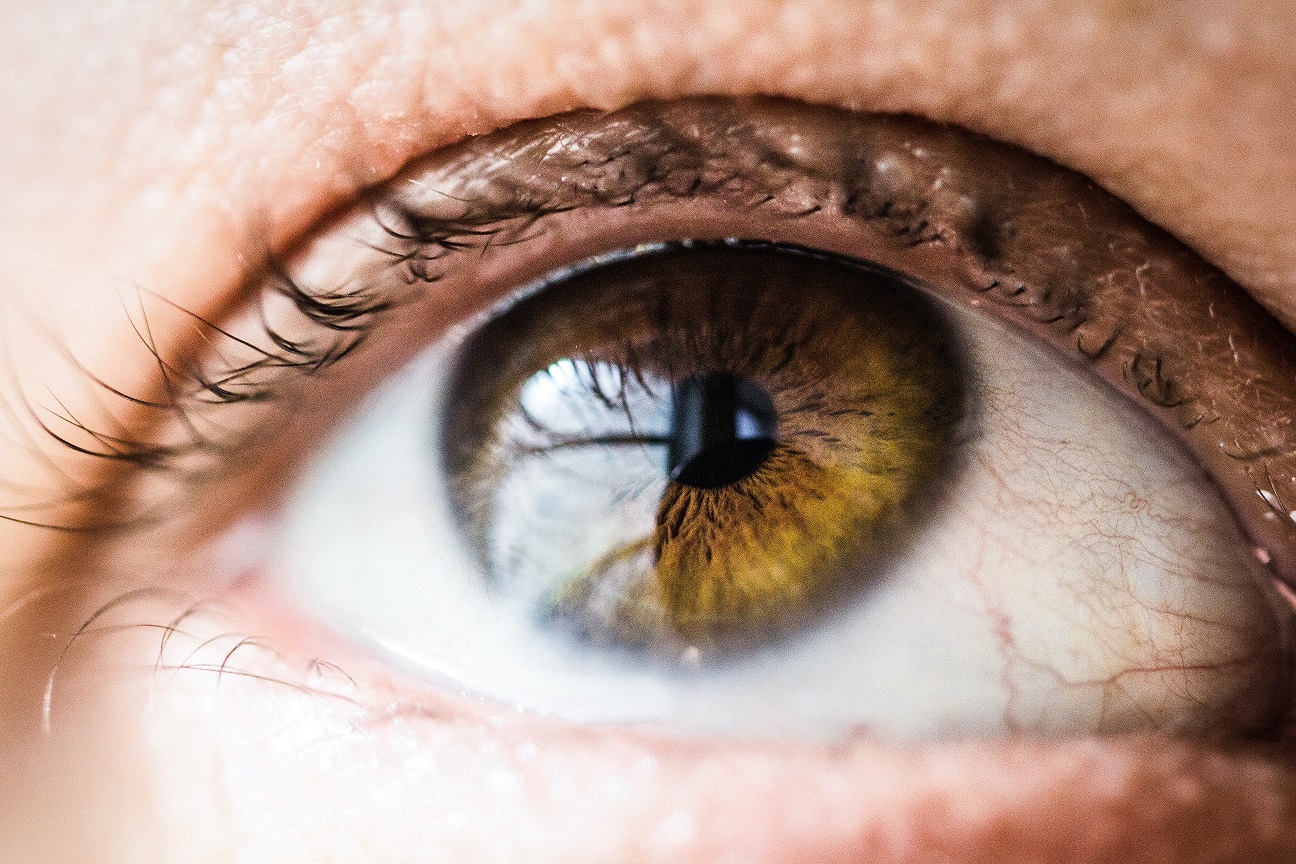Relief is Available
If your eyes frequently feel dry, scratchy, or irritated, then you may be suffering from dry eye. Dry eye has many root causes, one of which is meibomian gland dysfunction. Your optometrist can suggest a variety of treatment and management options tailored to suit your needs and get you the relief you crave.
What is Meibomian Gland Dysfunction?
Meibomian gland dysfunction (MGD) is a common condition and one of the leading causes of dry eye, accounting for approximately 90% of all dry eye cases. The meibomian glands are tiny glands located in your upper and lower eyelids that are responsible for producing meibum. Meibum is an oil that our eyes rely on to produce high-quality tears. Meibum creates a protective coating around each tear, slowing evaporation.
When our meibomian glands become clogged, it affects the quality of our tears. Without enough meibum, our tears evaporate more quickly than they should, leaving our eyes feeling dry and irritated.
Meibomian Gland Dysfunction Symptoms
- Dry or irritated eyes
- Feeling like there is sand or dust in your eye
- Irritated, inflamed eyelids
- The inner rim of your eyelid appearing rough or uneven
- Moments of blurry vision that improve when you blink
Some MGD patients report that their symptoms become worse when they spend long periods using digital devices or live or work in dry environments.
What Are Some Risk Factors Associated With Meibomian Gland Dysfunction?
There are several factors that can increase your chances of developing MGD. These include:
- Wearing eye makeup: Eye makeup, including mascara, eyeliner, and eye creams can clog the meibomian glands, inhibiting meibum production.
- Certain medications, which may increase your chances of developing MGD or make your MGD worse.
- Your diet. If your diet is lacking in omega-3 fatty acids, it may mean your body is unable to produce enough meibum to keep your eyes comfortable.
- Having high cholesterol or triglycerides
Other factors include:
- Being older: Older individuals are more likely to develop MGD than younger individuals. Research suggests that this is linked to declining hormone levels.
- Having an autoimmune disease: Research has found that there is a link between conditions such as rosacea and Sjogren’s Syndrome and MGD and that these and other conditions may increase your chances of developing MGD. Other autoimmune diseases associated with an increased risk for MGD include lupus and rheumatoid arthritis.
How is Meibomian Gland Dysfunction Treated?
Which treatment your optometrist suggests will depend on the severity of your MGD. Treatment options include:
Dietary Changes or Supplements
If a lack of omega-3 fatty acids is the root cause of your MGD, your optometrist may suggest dietary changes (such as eating more fish, walnuts, greens, and eggs) or taking omega-3 fatty acids supplements.
Bruder Masks
If your MGD is caused by clogged meibomian glands, your optometrist may suggest using a Bruder mask at home. Bruder masks are easy to use warm compresses that are designed to soften meibum that has hardened and is now blocking your meibomian glands. This softened meibum flows more easily, allowing your eyes to get the oil they need to produce high-quality tears and stay comfortable.
Eyelid Hygiene Treatments
Meibomian glands can become blocked by debris caught at the base of the eyelashes, affecting oil production. If this is the case, your optometrist may suggest using an in-office treatment such as BlephEx to gently clean the margins of your eyelids.
BlephEx is a small handheld device that lets your optometrist gently exfoliate your lid line, removing the detritus and other debris that is clogging your eyelid glands.
Lipiflow
For more severe forms of MGD, your optometrist may suggest an in-office treatment such as Lipiflow.
Lipiflow does 2 things: It warms the meibum so that it can easily be removed, and applies gentle pressure to remove the blockages so that the meibum can flow freely. Depending on the severity of your dry eye symptoms, as well as other factors, your optometrist will create a custom treatment schedule to help ensure your eyes remain comfortable.
How Do I Get Treatment For Meibomian Gland Dysfunction?
To help you get relief from your dry eyes, whether they are caused by MGD or not, we have compiled a list of optometrists that specialize in dry eye treatment in your region.









